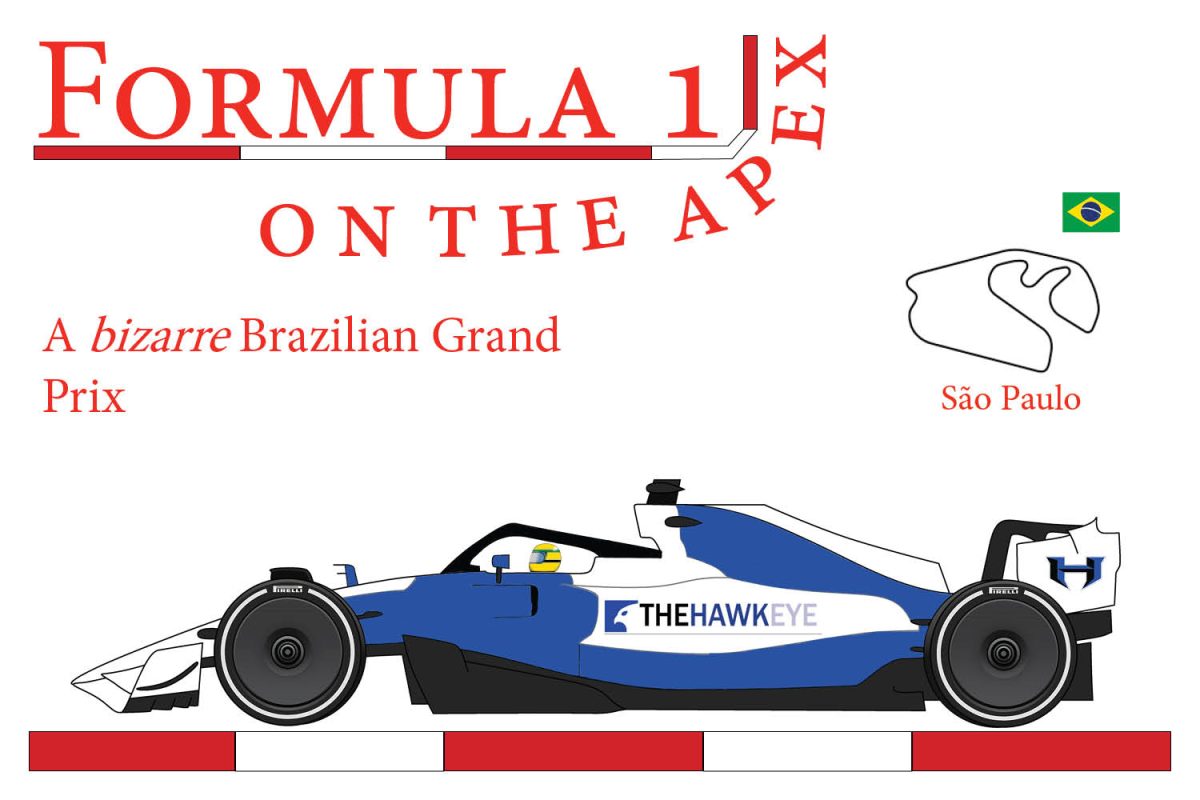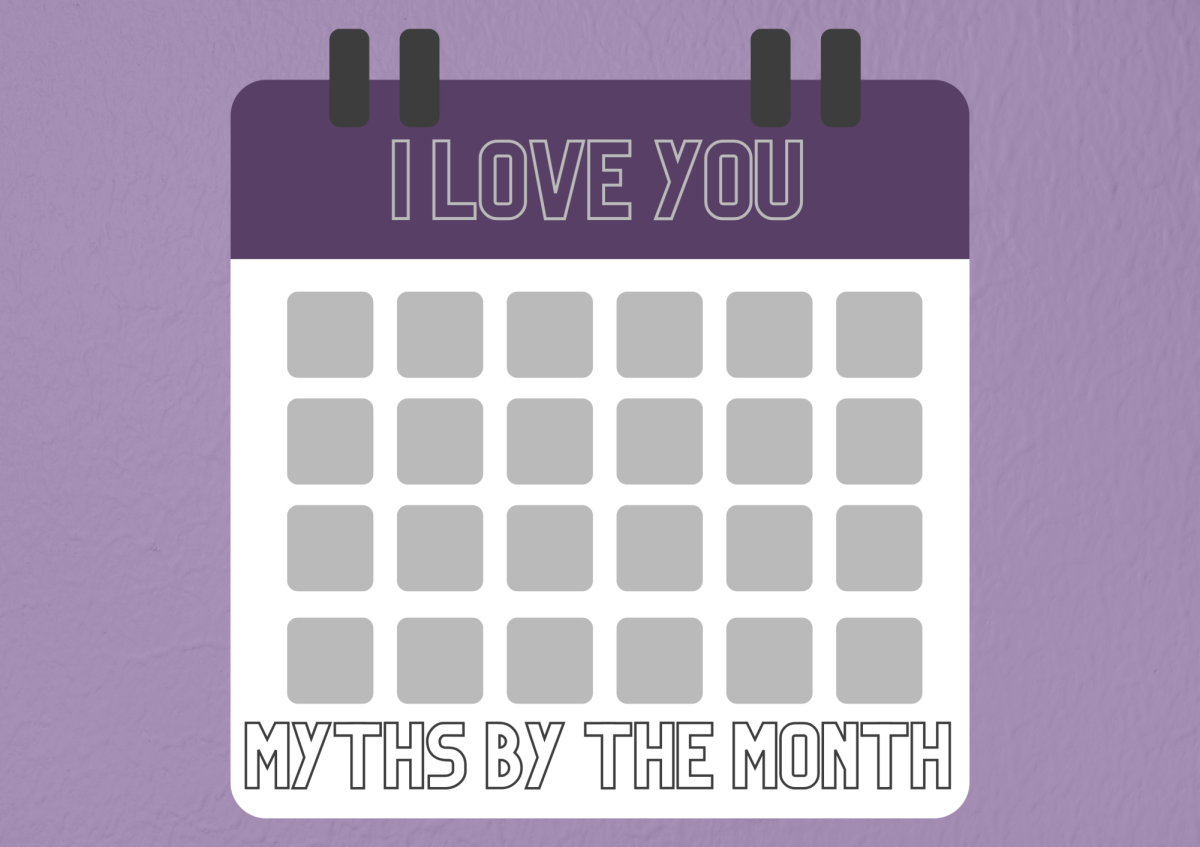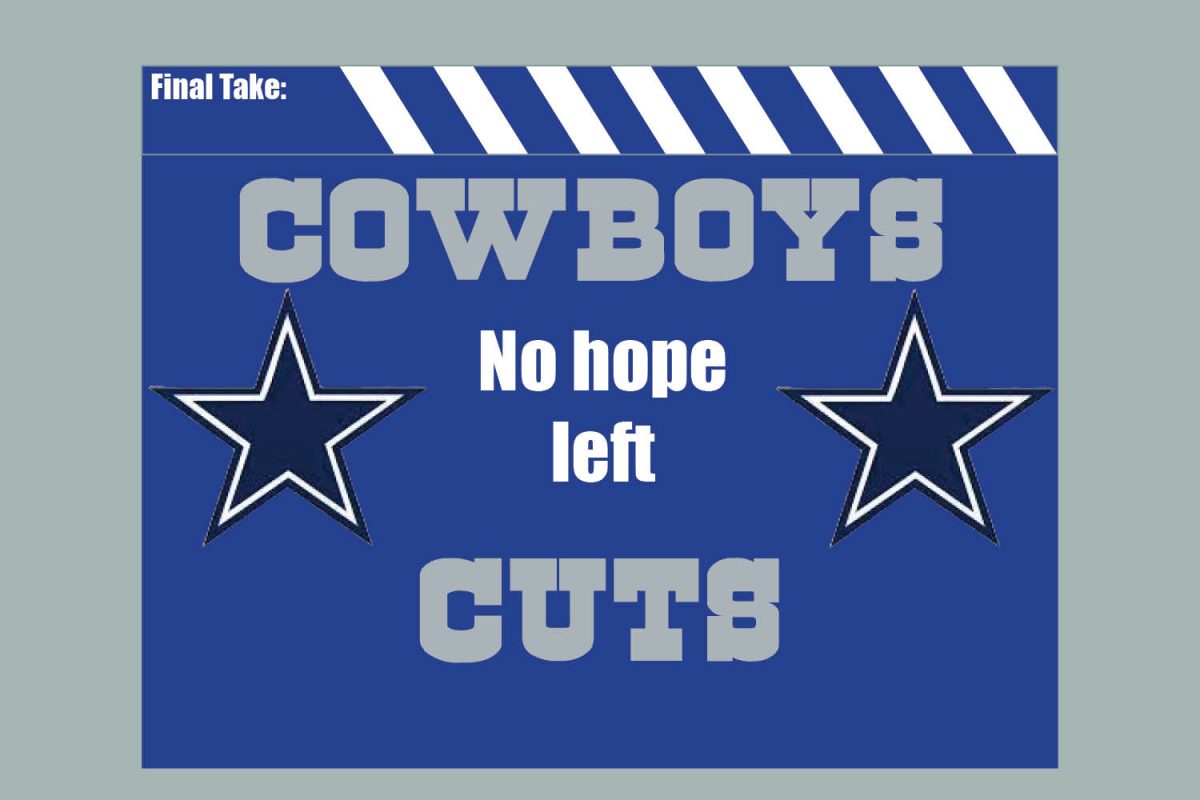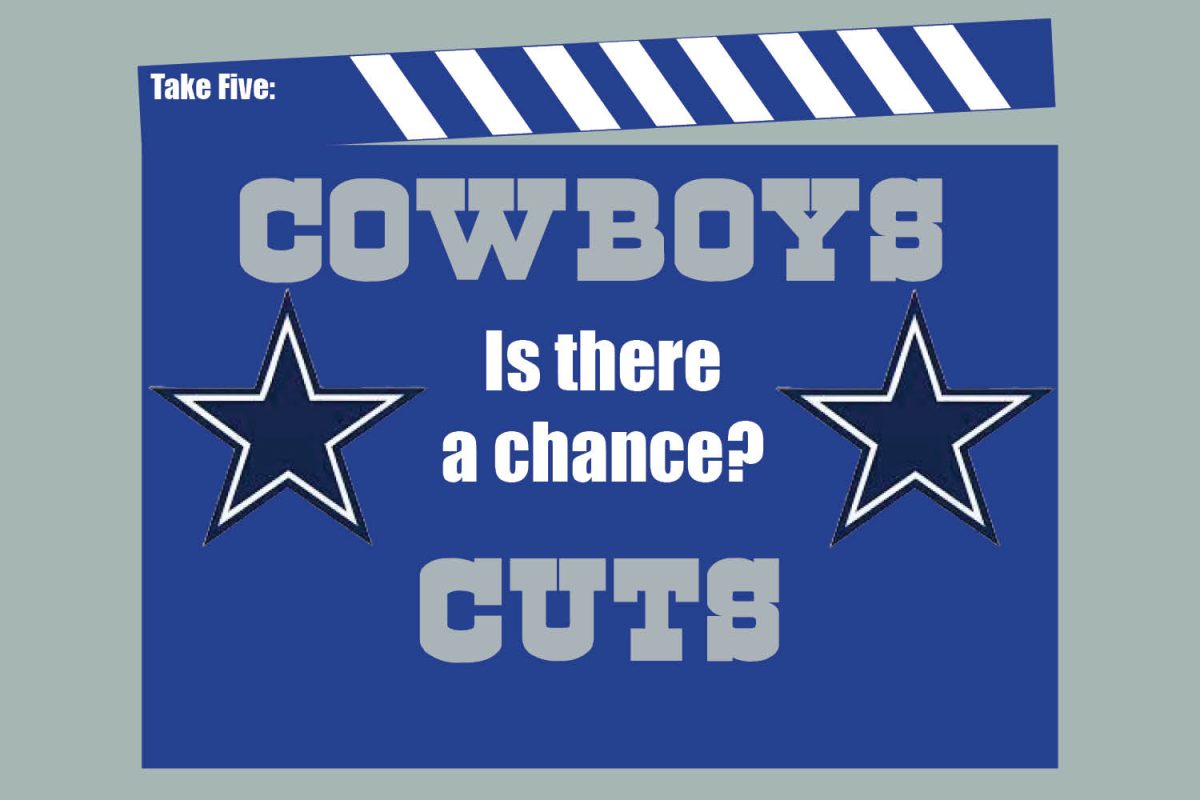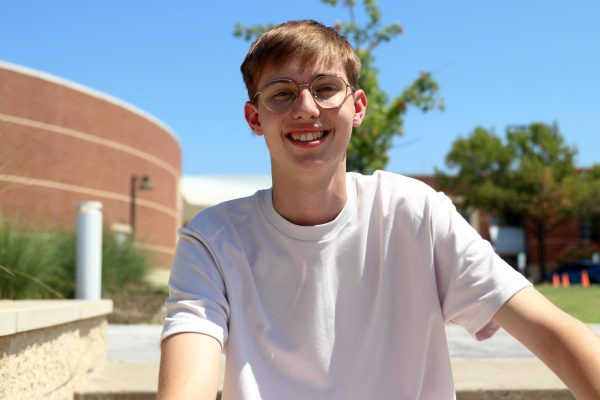Following a memorable Mexico City Grand Prix, the teams headed to Brazil for the Grande Prêmio De São Paulo (São Paulo Grand Prix).
Taking place at the historic Autódromo José Carlos Pace — the Interlagos circuit — the race marked the final leg of Formula 1’s tour of the Americas and the fifth Sprint weekend of the season.
Interlagos is the perfect place to end the tour and my favorite circuit on the calendar. Its combination of history, atmosphere and track layout are some of the main reasons why the race always provides some of the greatest moments in Formula 1 history. The undulating turns, short and long straights and elevation changes throughout the track provide for an entertaining race, filled with as many twists and turns as the track.
Prior to the first Free Practice session, Haas driver Kevin Magnussen, who took pole position at the race last season, came down with an illness and was unable to participate. This left Haas/Ferrari reserve driver Oliver Bearman to, once again, fill in for Magnussen — his third race appearance this season.
The Free Practice (FP1) session was the only calm aspect of the weekend. The sparse action and drama resulted in both of the McLarens leading the grid, proving they were still the fastest car on track. Following FP1, former Ferrari and Red Bull driver Sebastian Vettel joined the drivers to once again celebrate the legacy of Formula 1 legend, Ayrton Senna. The drivers paid homage to Senna in front of his home crowd and reunited with their old friend Vettel, creating a heartwarming scene to watch.
Moving into Sprint Qualifying, the clouds began to darken; miraculously, the session remained dry. With the conditions constant, there weren’t many shocking results from the session, other than Mercedes driver Lewis Hamilton and Red Bull driver Sergio Perez both narrowly missing out on SQ3. McLaren driver Oscar Piastri took pole position for the sprint race, with his teammate, Norris, beside him in second.
The sprint race is where things began to take a turn as the rain started pouring. The race was quiet up until the final laps, with Piastri maintaining his lead from the beginning. On lap 18, Verstappen, who started in fourth, managed to overtake Ferrari driver Charles Leclerc for third place and set his sights on the McLarens ahead of him.
On lap 20, Haas driver Nico Hulkenberg was forced to retire from the race due to an engine issue. A safety car or virtual safety car should’ve been deployed immediately, but that didn’t happen. Since Hulkenberg was stranded on the side of the track, if a car were to have an incident near him, it could turn into a fatal accident. Eventually, a virtual safety car was called on lap 22 — coincidentally giving the McLarens time to swap positions and put Norris in first place. Norris went on to win the sprint race and close his gap to Verstappen in the Drivers’ Championship. His teammate, Piastri, took second and Verstappen rounded out the podium.
Following the sprint race, torrential downpours flooded the circuit. This caused the formal qualifying session for the Grand Prix to be postponed until mere hours before the race.
As the drivers came back to the circuit for qualifying, they were, once again, met with treacherous track conditions. The rain did not ease up at all before the start of the session, with the drivers cautiously going out during Q1. They struggled to keep their cars on track, aquaplaning and fighting for grip at every turn. This led to Williams driver Franco Colapinto losing control of his car and crashing into the barriers at turn three, causing the first red flag of the session. Hamilton struggled and failed to make it into Q2, with Norris barely squeezing his way into Q2 ahead of him.
Q2 is where things took a turn for the worse, as Ferrari driver Carlos Sainz became the second driver to lose control in the treacherous conditions, crashing and causing the second red flag of the session. Shortly after, Aston Martin driver Lance Stroll also lost control of his car in a strikingly similar incident to Colapinto in Q1. The incident caused a third red flag and prematurely ended the session; this meant Verstappen and his teammate, Perez, surprisingly failed to make it into Q3.
In Q3, Aston Martin driver Fernando Alonso became the fourth driver to crash out during qualifying, causing yet another red flag and showing just how difficult the conditions were becoming. With four red flags, I thought the drivers had learned how to handle the conditions of the track — I was wrong. Williams driver Alex Albon became the fifth and final driver to crash out of qualifying in what was a massive incident, as he lost control of his car going into turn one.
The chaos that transpired throughout the session allowed for some shocking results. With both Visa Cash App RB drivers, Yuki Tsunoda and Liam Lawson, qualifying in third and fifth respectively. Alpine driver Esteban Ocon also had an impressive result as he managed to qualify in fourth. Norris managed to take pole position for the seventh time this season, this one however may be the most crucial of them all. Since Verstappen was set to start the race from P17 due to his grid penalty, Norris had a 16 place advantage if he was able to maintain his lead after turn one.
Following qualifying, Hamilton was given the opportunity to drive Senna’s old McLaren MP4/5B around Interlagos to pay homage to his idol -– an experience that Hamilton said was the greatest honor of his career. The roar of the crowd as Hamilton rounded the track and listening to the screaming V10 engine of the car was an experience I wish I could have witnessed in person.
Due to the chaos surrounding qualifying, Williams was unable to repair Albon’s car in time for the race, meaning he would be unable to partake. Sainz also had some troubles with repairing his Ferrari, as he was forced to start from the pit lane due to replacing a multitude of parts on his car. Finally, though, it was time for the actual race, which proved to be just as chaotic and tumultuous as qualifying beforehand.
Yet, before the race, there was even more drama. During the formation lap, Stroll inexplicably lost control of his car at the end of the first straightaway, spinning into the runoff area and beaching his car in the gravel. The incident caused the race start to be aborted and Stroll did not start the race. Without even completing a single lap of the São Paulo Grand Prix, two drivers were out of the race with even more chaos soon to come.
George Russell, who started in second, made a stunning move down the inside of Norris into turn one to claim the lead. Behind him, Verstappen had a rapid start, passing eight drivers on lap one alone. He moved into the points scoring positions, following a vintage move on Hamilton on lap two. Verstappen continued his performance with an impressive move on Piastri to get into seventh place on lap 10. Shortly after, Verstsappen moved into sixth after a move on Lawson, now setting his sights on the top five. It was a truly spectacular drive from Verstappen to gain 11 positions in just under twelve laps.
Piastri then tried to get past Lawson on lap 26, when he made a brave move down the inside at turn one; however, the move didn’t go according to plan, with Piastri making contact with Lawson and sending the RB driver spinning into the runoff area at turn one. Piastri was then given a 10 second penalty for the incident.
During the following lap, Hulkenberg lost control of his car going into turn one, spinning and wrecking himself on a kerb, causing a virtual safety car (VSC) to be deployed. He then received some assistance from the track-side marshals, righting his car and allowing him to continue the race, which isn’t allowed. While this was happening, Norris and Russell pitted under the VSC, meaning Ocon moved into the lead of the race with Verstappen behind him in second.
Norris then passed Russell on lap 30 in what should have been a net race lead — until the safety car was called out later on in the same lap. The safety car was deployed because the weather conditions were becoming too treacherous for the driver to go on safely. While under the safety car, Colapinto managed to lose control of his car and was sent barreling into the barriers on lap 32. The incident brought out the sixth red flag of the weekend and the first of the race.
The red flag meant that Ocon, Verstappen and Ocon’s teammate, Pierre Gasly, would be able to change their tires without consequence under the red flag. This gave the top three a huge advantage on the cars that had already pitted in the race, like Norris and Russell. While under the red flag, Hulkenberg was shown the black flag and was disqualified from the race due to receiving assistance after his spin at turn one. He became the first driver to be shown the black flag since 2007 — just another chaotic moment in an insane race.
The drivers then restarted the race under the safety car with Ocon keeping his lead after the restart. Behind him Norris once again lost against Russell as the McLaren driver couldn’t seem to find a rhythm all race. Then, on lap 39, Sainz became the fourth driver to have an accident, as he lost control of his car and crashed into the barriers at turn six. The incident caused another safety car, with a quarter of the entire field out of the race.
On the safety car restart, Verstappen sent a brave move down the inside on Ocon and took the lead of the race. Behind him, Norris locked up and went straight into turn one, dropping down into seventh place. I could see the Drivers’ Championship swaying toward Verstappen after that one corner.
From starting 17th on the grid to taking the lead and never looking back, Verstappen pulled off a masterful drive to take victory in São Paulo. Verstappen not only won the race, but he also won it by a staggering margin of nearly 20 seconds, in what was one of the greatest driver performances in Formula 1 history. The two Alpines Ocon and Gasly also had a fairytale finish as they were able to secure a double podium finish for the team. With Ocon taking second and Gasly third, the team soared up in the Constructors’ Championship race, going from nearly last to sixth in the standings — a massive result for the French team.
The São Paulo Grand Prix was, without a doubt, the most insane and chaotic race of the year so far. With three races left in the season, there is still so much yet to come as Formula 1 continues to amaze me with its brilliant entertainment this season.
Following the race, the teams will take another three-week break before heading back to the U.S. for the Las Vegas Grand Prix in what could be a title deciding showdown between Verstappen and Norris.



